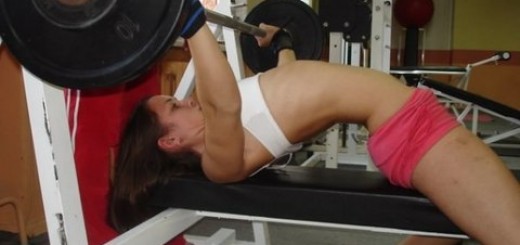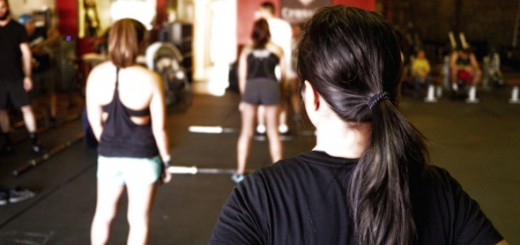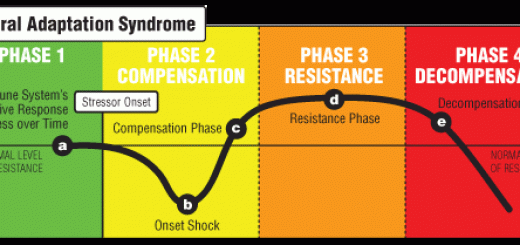 Well, I don’t know about you – but I have no interest in growing old with achy joints and low back pain. As a health care practitioner, it is more important than ever to educate our patients and save them from themselves, especially when it comes to aging gracefully.
Well, I don’t know about you – but I have no interest in growing old with achy joints and low back pain. As a health care practitioner, it is more important than ever to educate our patients and save them from themselves, especially when it comes to aging gracefully.
Too often, I have well-intentioned patients coming in with printed articles from WebMD, journal articles from here and there, and opinion pieces from AOL and Yahoo.
To all of them I say, ‘you are making life way too hard on yourself’.
In our practice, we focus on the fundamentals with all our patients. Not only does everyone begin on the same page, but it allows for modifications along the way that are built upon the original principles – nothing coming out of left field from a journal article to overwhelm a patient.
So, let’s talk about your butt – or more importantly, your glutes.
Our society is sitting more than ever before – the car, the office chair, the couch – with brief periods where we are actually on our feet, much less exercising. This begins to create imbalances in our muscles that begin to create functional problems.
For example, when we sit, our gluteal muscles weaken and lengthen, while our hip flexor muscles in the front of our thighs become shortened and tight – causing a slow, progressive build up of chronic lower back pain and discomfort.
Further, many of our chairs offer poor lumber support, forcing us into forward-slumped or slouching postures. This increases the pressure in the discs of the lower back, causing the tough, sinewy ligaments to bend and stretch. Often, we begin to feel ‘sore’ in our lower backs; but as time progresses, this soreness begins to travel, or radiate into one or both legs causing severe pain, tingling and numbness and physical weakness into the lower extremity.
This begins a vicious cycle within the body – chronic, slow pressure building up into the lower back, the discs begin to thin, which place undue pressure on the facet joints of the bones in the lower back, which further compounds the intensity of the mechanical pain. Then, what once began as ‘the occasional ache that went away with a Tylenol’ becomes a constant ache that begins to respond poorly to OTC medication and begins to affect other aspects of your life such as sleep. Then, routine activities like waking in the mornings become painful; or sitting-to-standing is wrought with initial pain that takes progressively longer to ‘walk off’.
So what can you do about it?
The first thing you need to do is see a health care professional – like a chiropractor – who is well-trained to understand the biomechanics of the human body; the wear-tear patterns that crop up; and one who can prescribe home-care exercises to help you get back to a pain-free lifestyle.
Exercises:
Once a patient has been properly evaluated, I typically see gluteal inactivity and hypertonic (tight) hip flexors. I often prescribe home-care exercises that involve squatting, or side-stepping movements, unilateral or bilateral hip bridging and bird-dog type exercises.
Discogenic Low Back Pain
This is one of the more-common types of low back pain that presents to a chiropractic office. These are the individuals who present with lower back instability and constant discomfort. Through the first few chiropractic adjustments, the treatments begin to disrupt the body’s natural pain-cycle and the discomfort begins to subside.
However, as the tight tissues begin to relax and the unstable muscles begin to tighten up and hold stronger; the body is still not out of the woods and relapses may occur. Common triggers include prolonged sitting (i.e. on a plane or in a car); bending or twisting suddenly; or lifting a load.
What happens is as pain increases, the inner stabilizer muscles become inflamed and inhibited, while the outer postural muscles become tight and tonic again.
Conclusion
The take home message it all about education and expectation management. If you have patients who can understand the basic concepts of what is wrong with their key issues, they will become more invested in their own health – after all, the doctor can’t do the exercise for the patient.
Getting evaluated, strengthening weakened muscles, lengthening shortened muscles and assisting with postural ques as well as increasing activity level will not only help to offset mechanical low back pain; but it also lends itself to patient responsibility. The more proactive patients are with their health, the more they value staying healthy – and aging gracefully without having to worry about a nagging low back.
So is sitting truly the new smoking? Only if you let it.
References:
Tucker, J. 2013. Sitting is the new smoking. Dynamic Chiropractic. 31(14): 24 – 25.
Original Article by: Dr. Erik Uuksulainen at truenorthchiropractic.com





